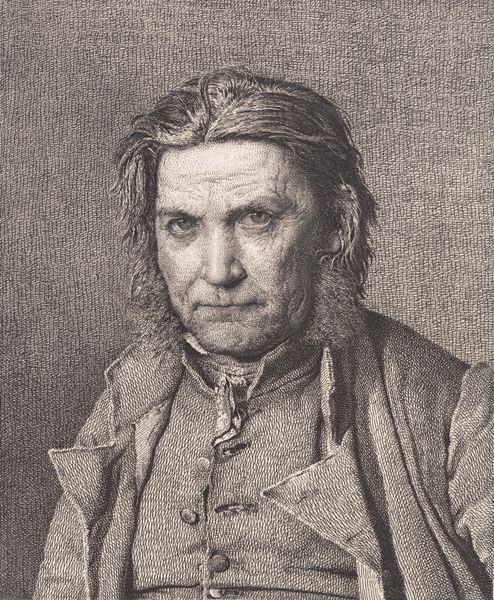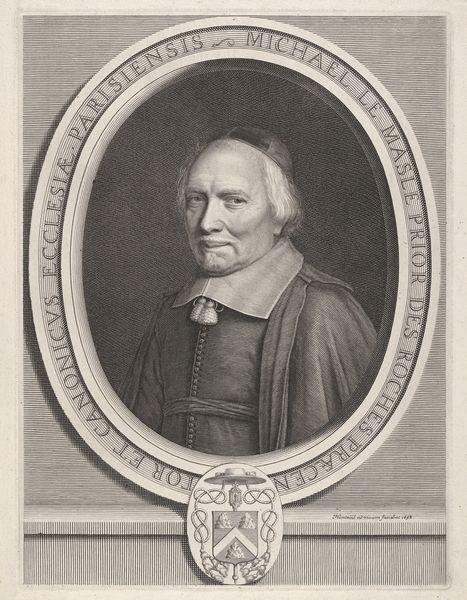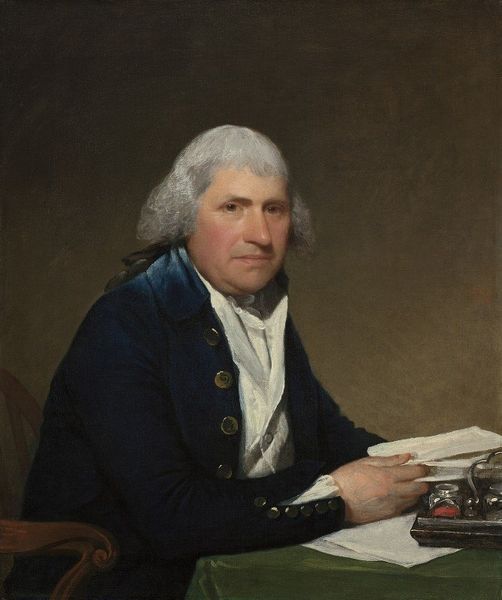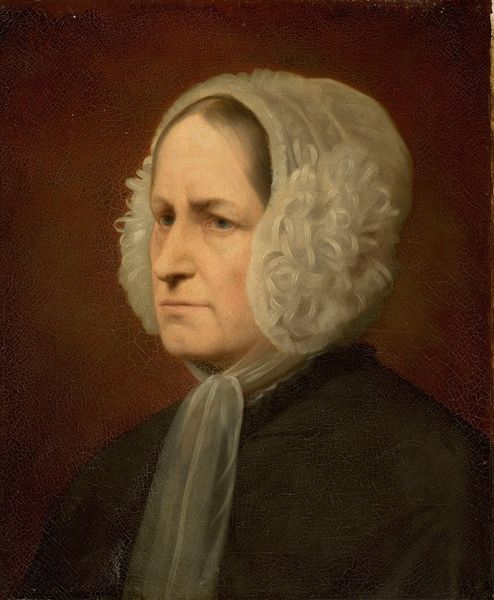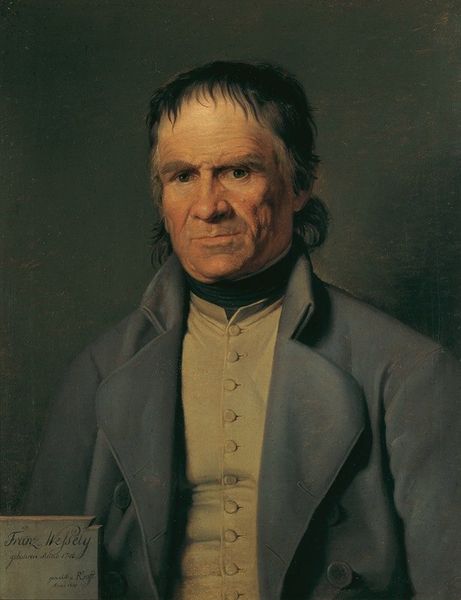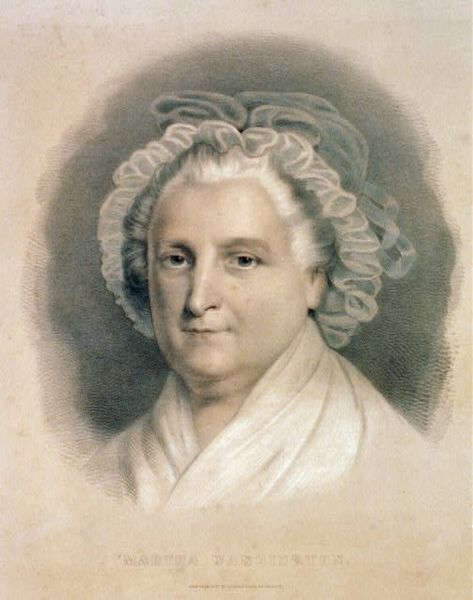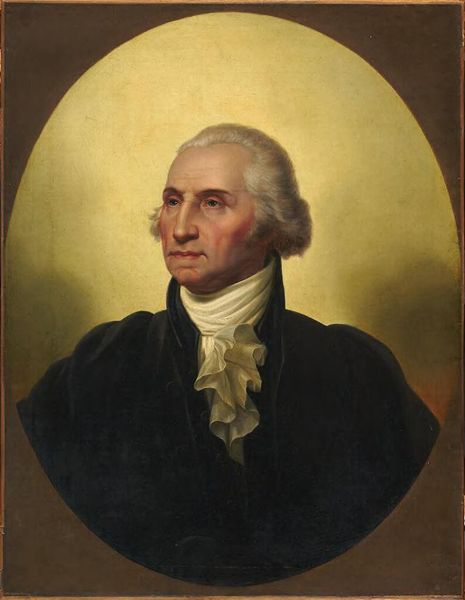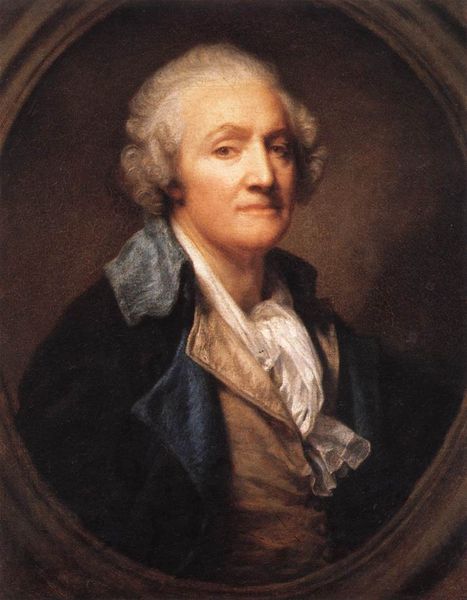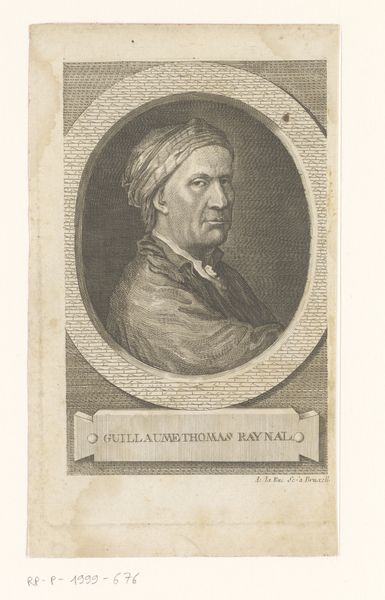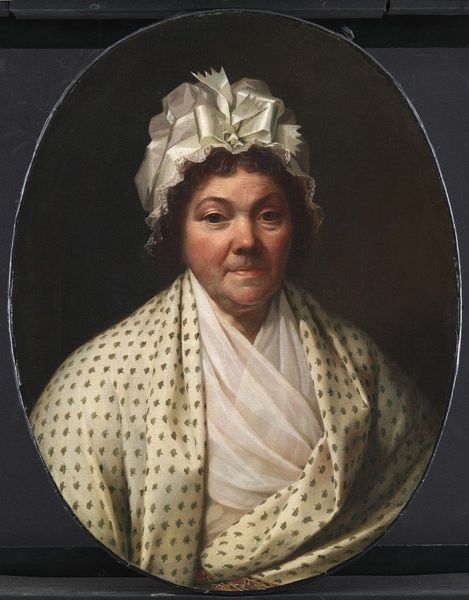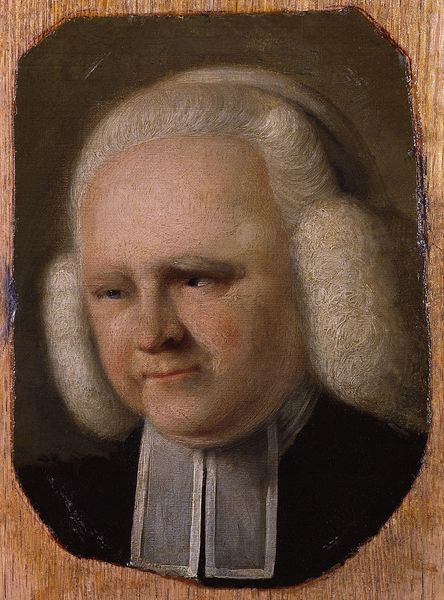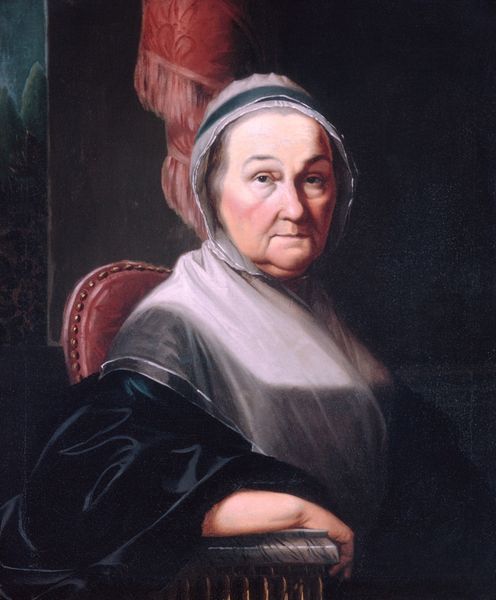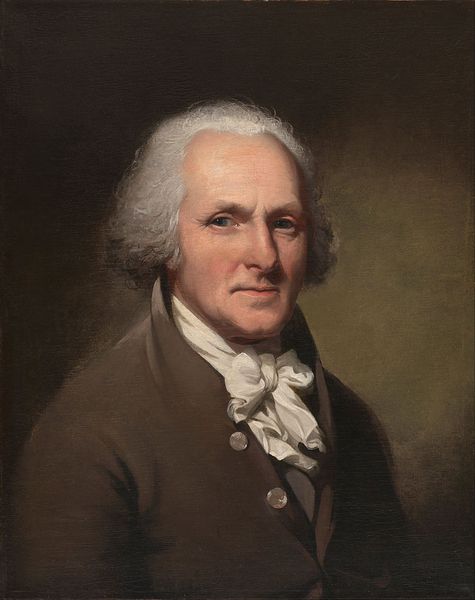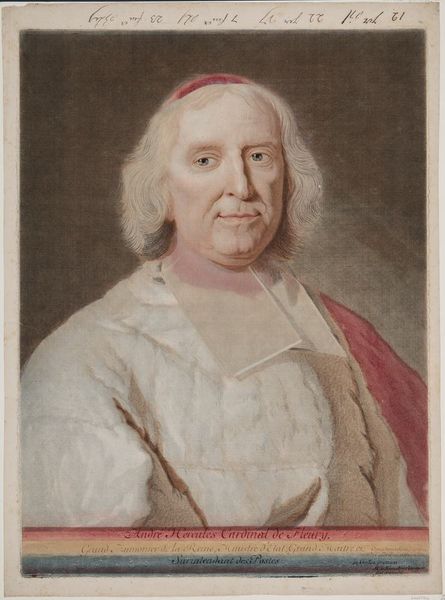
painting, oil-paint
#
portrait
#
baroque
#
dutch-golden-age
#
portrait
#
painting
#
oil-paint
#
realism
Copyright: Public Domain: Artvee
Curator: Standing before us is "Old Woman," a 1635 oil painting by Abraham Bloemaert. Editor: She seems… lost in thought, maybe resigned? The subdued palette certainly contributes to that somber feel. What strikes me, though, is the texture Bloemaert coaxes from the paint; the wrinkles seem etched into her skin like grooves in wood. Curator: Precisely! Bloemaert’s portraits often offer insights into the social structures of his time. This isn’t a grand figure of nobility, but a glimpse into the lives of ordinary people during the Dutch Golden Age. Notice the delicate balance between realism and the subtle idealization common in portraiture. Editor: You mention "ordinary," but I wonder about the material circumstances depicted. Is the fabric of her headscarf humble linen, or something a bit finer? Knowing that would shift my perception of her social standing. Look at the layers in that scarf and shawl--it really points to Bloemaert’s skill in handling the oil paint. It shows his awareness of how simple, daily textiles formed a massive sector of their economy. Curator: That's an interesting point. These portraits played a key role in shaping Dutch national identity, portraying valued members of society with a sense of dignity and worth, regardless of their status. It promoted social cohesion at a time of huge political and social change in the newly formed republic. Editor: So, how might Bloemaert's workshop have impacted the speed or quality of these portraits? There must have been an efficient labor structure in order to create so many works. I think there are some deeper discussions here around Bloemaert as a name brand rather than a lone artisan. Curator: Certainly. These works also reinforced existing hierarchies while subtly pushing for recognition of a broader segment of society within that framework. They were deeply connected with patronage, social mobility and moral representation. Editor: Ultimately, it is that incredible surface that captivates me; it feels so tangible, so much about the application of pigment to cloth support and about the textures within our grasp. Curator: Indeed, Bloemaert's talent elevates a seemingly simple subject into a compelling document of its era, provoking so many reflections and queries that help understand the intricacies of art history.
Comments
No comments
Be the first to comment and join the conversation on the ultimate creative platform.
